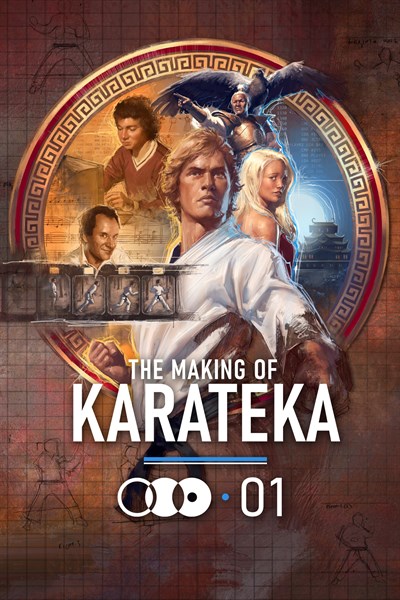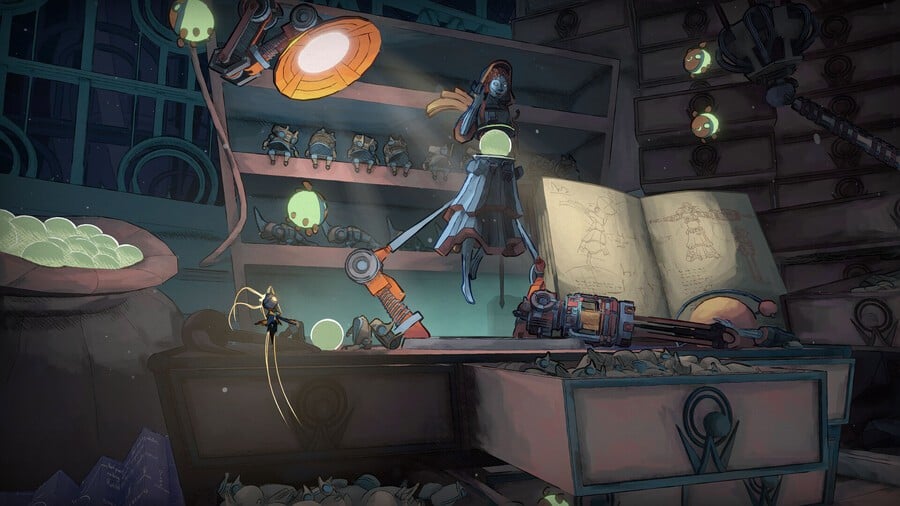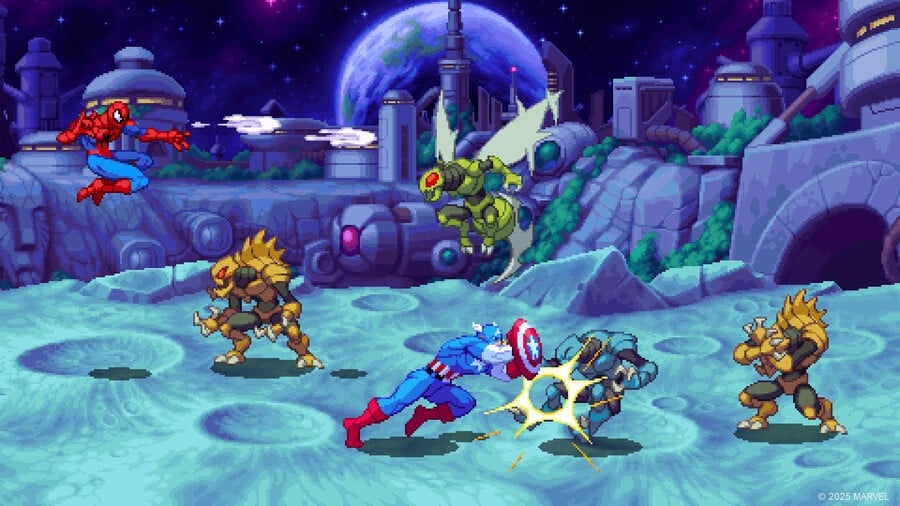How Digital Eclipse Set the Standard for Preserving Video Game Classics with Their First Gold Master Series Title – The Making of Karateka

Summary
- Chris Kohler, Editorial Director from Digital Eclipse, discusses preserving classic video games, the Gold Master Series, and the release of The Making of Karateka.
- The Gold Master Series is a collection of interactive documentaries in video game format that include video, digital artifacts, audio, photos, playable games, and more.
- The Making of Karateka is out now for Xbox One and Xbox Series X|S and includes a comprehensive interactive documentary plus fully remastered versions of Karateka and Deathbounce.
Earlier this year at the ID@Xbox Showcase event, Digital Eclipse announced their Gold Master Series, a collection of interactive documentaries wrapped in video game format that celebrate key designers, studios, and games that changed the world. The first Gold Master Series title, The Making of Karateka, is out today, and chronicles how a teenage college student with a computer created one of the most groundbreaking, influential games of all time.

Before trying to rescue a princess in another castle, I was rescuing Princess Mariko from a dark dungeon located deep in Akuma’s fortress in Karateka, a classic martial arts action game created by Jordan Mechner, the creator of the iconic Prince of Persia series. Karateka was originally released in 1984 for the Apple II, and on various other platforms in the following years. I have fond memories playing this game for countless hours with my brother on his Commodore 64, armed with a one-button joystick cannibalized from our Atari 2600. This was back in the early ages of gaming, when combat was brutal and the gameplay unforgiving, with no med packs, save points, and respawns; Karateka was perhaps the most difficult game we had, but we absolutely loved it! We learned, usually the hard way, don’t run into a fight, watch for falling portcullises, and always… always approach Princess Mariko like you’re happy to see her! I never imagined nearly 40 years later I would be revisiting this game and writing about it for Xbox. But here we are.
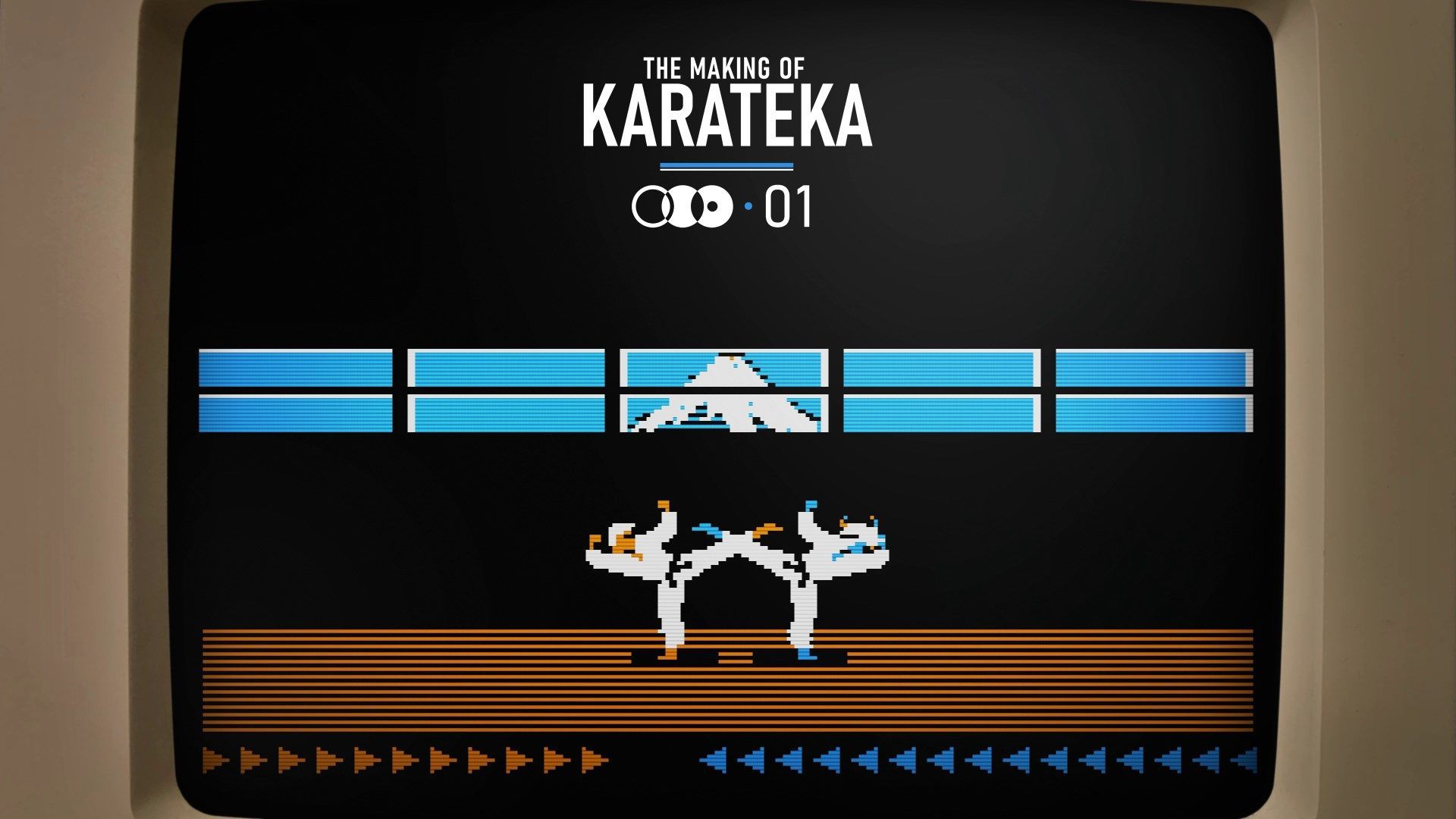
In all fairness, I normally do not play remasters of games, especially early classics that I have fond memories of, as I don’t want to diminish my memories of the game. But when I read, “The Making of Karateka is the deepest, most exhaustive exploration of the making of a single video game that’s ever been attempted in a video game itself”, I wanted to check it out firsthand and chat with Chris Kohler, Editorial Director from Digital Eclipse, about the experience.
The Making of Karateka is much more than a remaster of a classic – it is an interactive documentary that extraordinarily captures every angle of early video game development, from concept, to launch, and beyond. I asked Kohler about using video games as the mechanism to present this interactive documentary. “Making a video game about video games is pretty similar to making a regular video game,” Kohler replies. “The biggest difference is that projects like these are editorially driven, which means they really begin with that deep historical research to try to figure out what the underlying story is we’re trying to tell, and then every feature, every asset, every concept that’s added to the project is checked against that historical record to ensure it is accurate and that we are respecting the author’s original intent.”
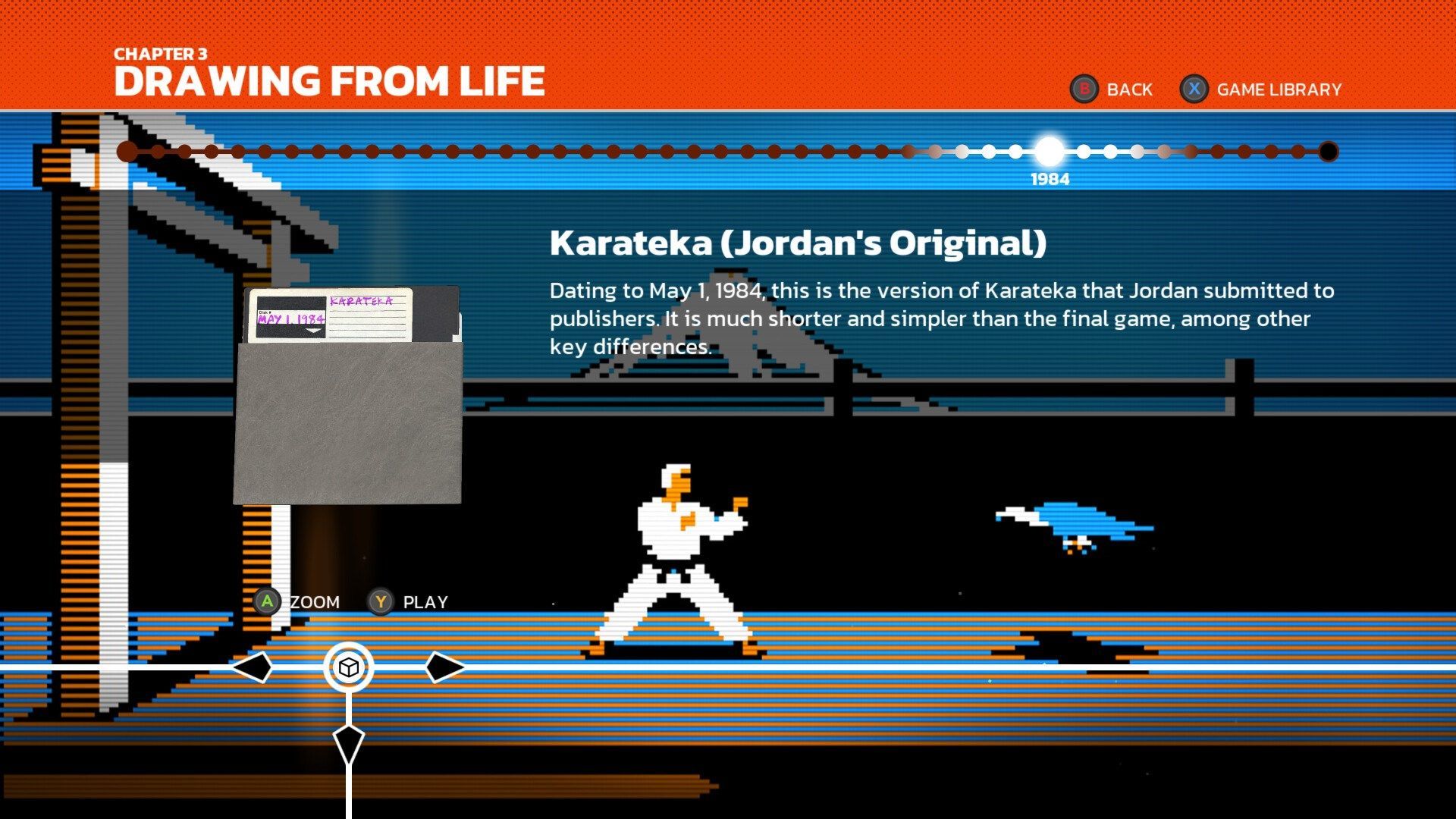
With literally hundreds (maybe thousands) of classics worthy of being preserved in the format Digital Eclipse has created, I asked Kohler why Karateka was selected as the inaugural Gold Master Series game. “Karateka was a very successful game, but more importantly it was highly innovative and hugely influential. Of course, Jordan Mechner went on to significant fame and fortune with the Prince of Persia series, but Karateka was the proof-of-concept of everything that Prince of Persia did so well – cinematic scenes, a moving soundtrack, rotoscoped animation, incredible storytelling,” Kohler says. “A lot of people don’t know that, in a significant way, this is where the idea of the movie-like video game really took root and inspired a generation of designers. When you look at today’s cinematic games, you can often trace their lineage right back to Karateka.”
We believe that classic games need to be treated with the same amount of respect afforded to other classic works of art.
As soon as I started The Making of Karateka, I was grinning from ear to ear as I was treated to a walk down memory lane. The amount of content included in the interactive documentary is impressive, with early drafts, journal entries, concept drawings, and tons more! Plus, the format is smooth and easy to navigate with the controller. The layout is exactly what you’d want from an interactive documentary. It is brilliantly designed and includes a nifty Watch Mode that not only includes a chapter selection function and commentary tracks, but you can also jump into the game and start playing from any point within the video. “We believe that classic games need to be treated with the same amount of respect afforded to other classic works of art. Over the years, that’s meant adding things like box art and manuals, behind-the-scenes design documents, video interviews with designers, and anything else we could think of to aid the player’s understanding of the importance of these games, and thus help them appreciate them more, decades after their original launch,” explains Kohler. “In our interactive documentaries, we’re not just presenting a list of games with bonus content in a separate menu. Everything is laid out chronologically, and everything is given equal weight, so playable games sit next to design documents, video interviews, etcetera, and it’s all arranged to tell a story.”
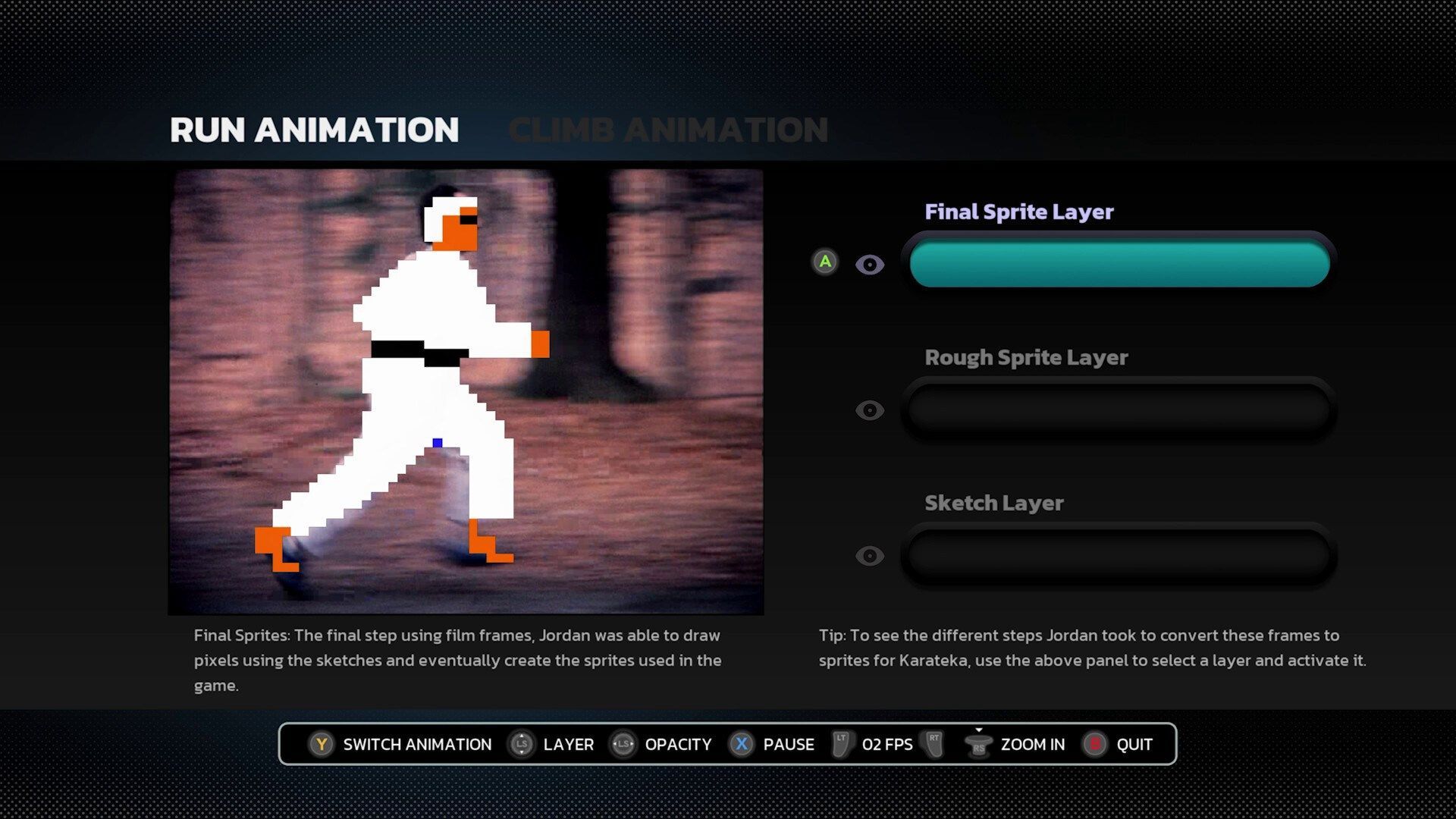
The Gold Master Series is wonderful and sets the standard for how classic video games should be preserved. Depending on your age and how long you’ve been a gamer, you may remember when video game boxes and manuals were essentially artwork (and sometimes collectible). Over the years, we’ve witnessed a transition away from manuals, and boxes, and now, even games are developed, distributed, and played digitally. Seeing Karateka’s box art, manual, and floppy disk versions of the game digitally preserved in The Making of Karateka is quite satisfying and ensures future generations of gamers will be able to experience the early years of gaming firsthand.
It’s no longer about just selling you games with some bonus content; it’s about telling you a story. The story is the star…
I asked Kohler about focusing on classic games the younger generation of gamers might not be familiar with. “With The Making of Karateka, we assume that you’ve literally never heard of the game before, and we start there with a video that introduces Karateka and sets up why it’s so important and influential,” Kohler states. “It’s no longer about just selling you games with some bonus content; it’s about telling you a story. The story is the star; that’s the main user experience.”


The Making of Karateka includes several playable iterations of the game throughout its development cycle, including the Apple II and Commodore 64 retail versions, but it also includes a remastered version created by industry pioneer, Mike Mika. I was pleasantly surprised how the remastered version captures the essence of the classic but includes beautiful visual enhancements and offers a much smoother gameplay experience than the original. “When our studio president Mike Mika was a teenager looking to break into the game industry, he started doing a port of Karateka to the Amiga computer. Now, with the opportunity to examine Jordan’s source code and do an official Karateka port, Mike leapt at the chance,” explains Kohler. “Ultimately, Mike wanted to add things that we knew Jordan had to cut out, like scrolling trees and the big cat enemy, while making the game run more smoothly and adding quality-of-life features that today’s players expect. Ultimately, we know that there’s just going to be a group of players out there who, through no fault of their own, will have trouble going back to a game from 40 years ago and truly getting hooked on it, so we want to make sure that modern players at least have a version of Karateka they can enjoy that perhaps gives them the same sense of exhilaration in 2023 that a player would have had on their Apple II in 1984.” As a loyal fan of the classic, I assure you the remastered version looks great, sounds great, plays great.
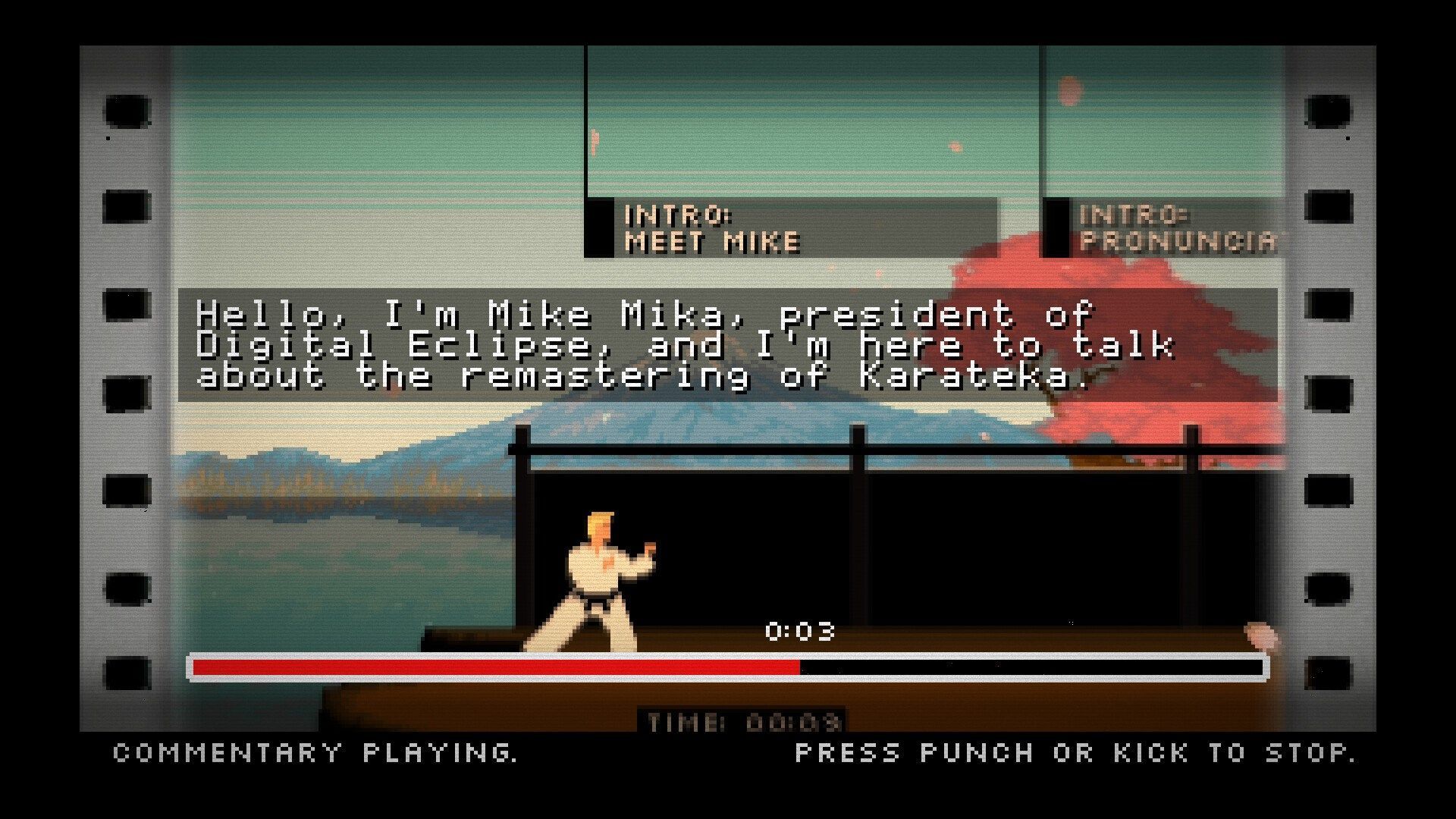
With Mike Mika creating the remastered version of Karateka, I was curious about Jordan Mechner’s involvement with the documentary and remastered version of a game he created decades ago. “Jordan was extremely helpful throughout the project in terms of tracking down historical materials, answering our questions, and generally providing anything we asked of him,” Kohler answers. “We actually did Karateka Remastered and Deathbounce: Rebounded in secret, though, and we showed him as a surprise once they were basically done.”
One of the things we knew we had to tell in this story was Karateka’s legacy.
Another interesting approach Digital Eclipse took with the documentary is focusing on the impact the game had on the world of gaming, not just on the title itself. They achieve this through interviews and commentary from industry personalities. Kohler commented on this. “Finally, one of the things we knew we had to tell in this story was Karateka’s legacy. That’s such a massive part of the importance of Karateka; the influence that it had throughout the gaming industry and the outsize role it played in shaping the nature of cinematic games. To tell that story we had to go to game designers who were influenced by Karateka. That’s all part of the interactive documentary concept – it’s not just restricted to materials from the making of the games themselves, but the context in the broader world, the things that influenced the creation of the game and the things that were influenced by the game.”


As big of a Karateka fan as I am, and as much as I thoroughly enjoyed experiencing the interactive documentary The Making of Karateka, I had to ask Kohler if he could share any details about the next title in the Gold Master Series. He was tight lipped on the next game, but did offer up, “We will release the next game in the Gold Master Series this year!”
The Making of Karateka is now available for Xbox One and Xbox Series X|S. For more information on the Gold Master Series, check out the official website.

The Making of Karateka
Digital Eclipse
$19.99
Prince of Persia creator Jordan Mechner was a college student when he created one of the biggest-selling games of 1984: Karateka. Now, in a new interactive documentary from Digital Eclipse, the story of how a teenager with an Apple II created one of the most groundbreaking, influential games of all time.
THE ORIGIN STORY OF A LEGENDARY GAME CREATOR
Discover how Karateka was made through an exhaustive archive of design documents, playable prototypes, and all-new video features. Like walking through a museum, you can explore the interactive timelines at your own pace.
PLAY THE ACCLAIMED ORIGINALS
Enjoy pixel-perfect versions of the original Karateka games and a variety of never-before-seen early prototypes, with rich quality-of-life features like save anywhere, rewind, chapter select, and director’s commentary.
TWO REMASTERED GAMES
Karateka Remastered is an all-new version of the original game featuring cutting-room-floor content, commentary, achievements, and more. Deathbounce: Rebounded is a fast and frantic twin-stick shooter based on Jordan’s unpublished prototype.
A GROUNDBREAKING MASTERPIECE
Discover how Karateka became one of the first games to include cinematic scenes, a moving original soundtrack, rotoscoped animation, and a Hollywood-style love story, influencing the decades of games that followed.
THE GOLD MASTER SERIES
New from Digital Eclipse (TMNT: The Cowabunga Collection, Atari 50: The Anniversary Celebration), the Gold Master Series presents iconic games in an innovative “interactive documentary” format, putting the shared history of games and their creators into one comprehensive package.

